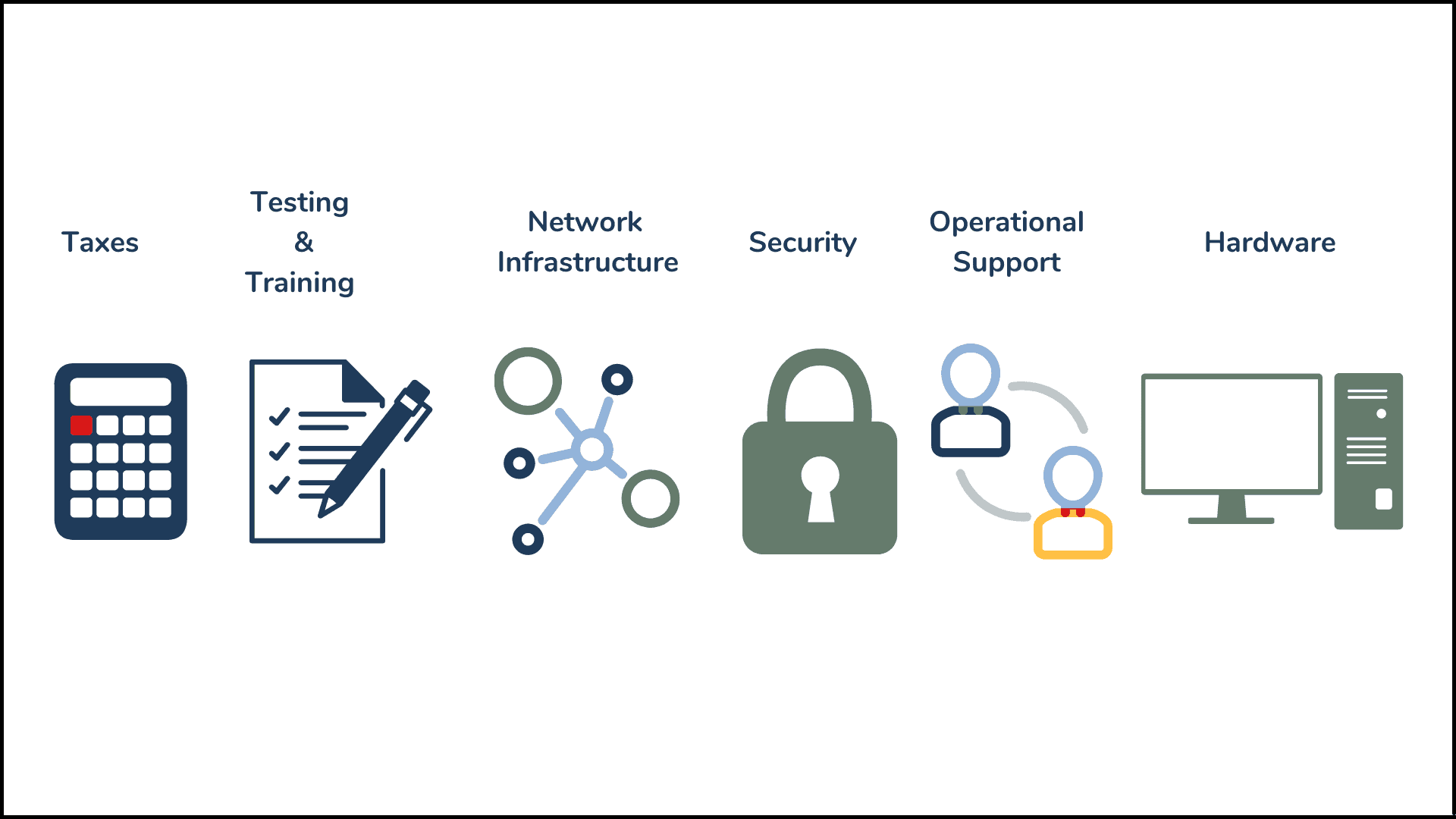You may not believe it but buying enterprise tech is the fun part of the job. The harder part of the job is the implementation. A bad deployment can hamstring your company, waste resources, and prevent people from doing basic job functions. Implementations make or break both companies and the technologies they purchase. A bad implementation can get you fired.
And yet, we’ve noticed that people spend woefully little time preparing for implementations. When it comes to buying tech, people spend most of their time defining business objectives, choosing between vendors, and negotiating contracts. When the deal is done and it’s time for the implementation, they’re caught flatfooted.
Planning for your tech deployment is crucial for success. Start your deployment planning early. And we mean early. You should be firming up the implementation team during vendor selection. Start finalizing your project management plan during contract negotiation. Getting these details out of the way early means your team can start working the second the contract is signed. Learn how IT Leader Rich Mozak has worked to get people on board with IT transformations.
Here are five steps you can take to prepare for an enterprise tech deployment and ensure that your project is successful:
1. Finalize your configuration and business requirements before you start.
Finalizing technical details allows you to understand the interdependencies and integrations of the deployment. By confirming the configuration, you ensure that all members of the implementation are working toward the same goal.
By the same token, make sure everyone knows the business requirements. Implementations are an important handoff point where stakeholders change. As VPs and Directors pass the torch to a project manager and engineering team, you want as little information lost in that handoff as possible. Tips that can improve status calls to build momentum.
2. Create a change management playbook
You need to keep track of all the changes as you move from your current state to your future state. You also need a plan to communicate those changes to key stakeholders. Create a playbook that will log the relevant information and share it with the people that need to know it. Go even further with a culture map.
3. Define your future state operating model before you begin
Agreeing on a future state operating model is just as important as confirming a technical configuration. The future state operating model helps you make sure that the right people are trained to do the right job. Be sure to detail:
- Anyone with new roles
- Any processes that need to be adjusted
- Who is responsible for platform administration
- The work that will be handled in-house and the work that will be completed by vendors
- Onboarding and offboarding processes
- Help desk ticket flow and responsibilities
4. Define your timeline, and what happens if you DON’T hit it
Defining the timeline includes detailing any constraints or opportunities you’ll be working with. Are there busy periods where project work will have to stop? What about slow seasons where you can complete most of the work? Are your integrations dependent on a timeline as well? Are there other projects that’ll be competing for resources? What does “the end” look like for your implementation?
Additionally, define what’s driving your timeline, as well as any penalties if you don’t hit your deadlines. This helps everyone understand the urgency behind your project.
We recommend breaking a large-scale implementation into “gates.” Mapping each gate to a specific period of time makes it easy to understand what needs to be done.
5. Identify your resources
In our experience, large-scale tech deployments require:
- Program manager: Organization, scheduling, tracking change management and financial data, recording and escalating risks, communicating with management
- Business Analyst: Completing and tracking vendor documentation requirements, following up on action items, maintaining appropriate documentation
- IT Architecture Ops: Designing and validating the design, working with security and compliance, managing integrations, QA
- Vendor team lead: Point of contact for vendor team members, communicating vendor issues updates
- Training Delivery Team: Developing and launching training for appropriate users
- System admins and managers: Advocate for specific business requirements and functionality
This list is not exhaustive. But it demonstrates the number of people that are needed for an implementation to succeed. Identify your resources early, understand how much time they can give, and build a plan to make sure they aren’t overwhelmed when the project launches.
The earlier you start planning for implementation, the better.
If you find yourself overwhelmed by the prospect of a tech deployment, don’t worry, CXponent can help make sure you’ve thought of everything.
Reach out today!


.png)



